-
- RF Series
- Connector&plug-in unit
- Plug-in unit
- SD card holder
- SIM card holder
- Thimble /wire protector
- Crimping terminal
- Waterproof joint
- 短路帽/跳线帽
- 压线端子胶壳
- 屏蔽夹
- Waterproof and dustproof terminal
- Industrial&automotive&military
发布时间:2021-12-31作者来源:金航标浏览:2812
Recently, Liu Dacheng from the Internet Industry Research Institute and the Department of industrial engineering of Tsinghua University was a guest of "deducting insite", from the development history of logistics to the four forms of supply chain, from the matching degree of products in the supply chain stage to the impact of new science and technology on the supply chain, Professor Liu shared his interpretation of the supply chain logic behind shopping "one hour delivery" and "one day delivery".
1、 Review the history of logistics development
In the 1920s, the United States first proposed material distribution. In the 1960s, Japan learned from the United States and proposed the circulation of materials. In the 1980s, China just learned about logistics from Japan However, in Professor Liu's opinion, at that time, logistics for China was a combination of dynamic and static. The so-called dynamic was transportation and the so-called static was storage. Logistics also includes procurement and packaging. At that time, it was only a function of auxiliary products or services in the industry, and logistics was not valued in the society at that time.
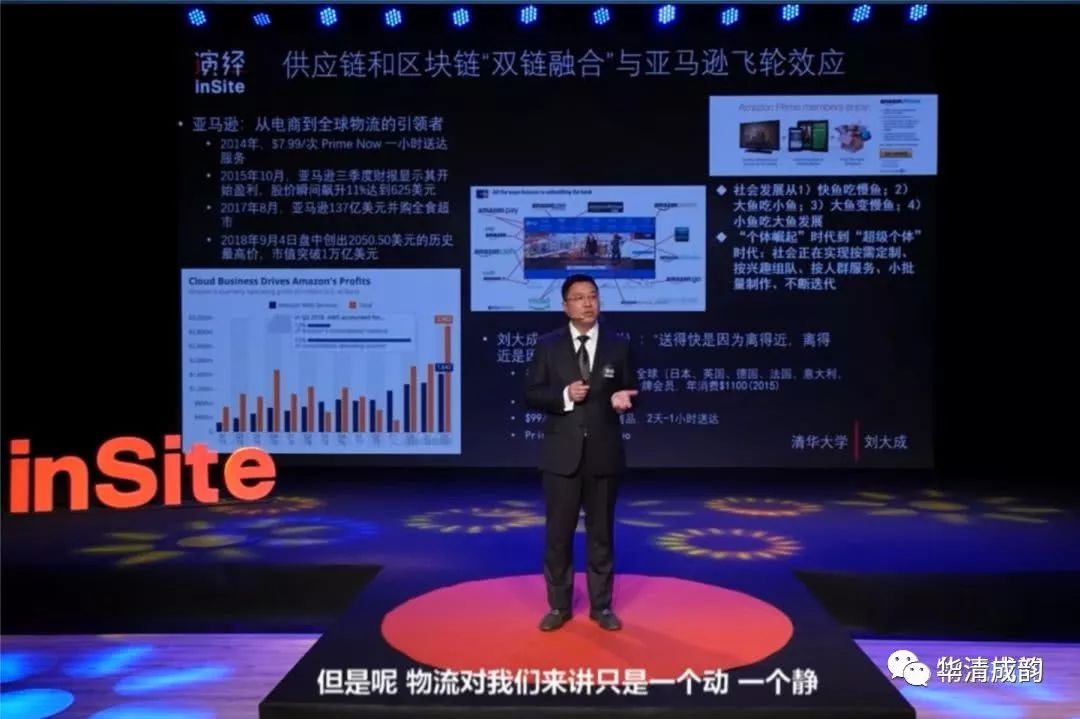
2、 What has the supply chain changed
First of all, what is the supply chain? Professor Liu believes that the supply chain is the four flows from the supplier's supplier to the user's user. From the supplier's supplier to the customer's customer, it will eventually form a consumer's purchase.
The first kind of flow is the flow of goods, that is, the flow of goods. This kind of goods can be either a service commodity or a service, but it can be understood as a problem-solving product to meet the needs of customers.
The second flow is money, that is, the capital transaction that produces commodity flow. Of course, there are fewer and fewer real money and the cost of money use is lower and lower, because electronic payment makes the transaction become zero cost.
The third flow is information, which is also the most effective and convenient flow in the supply chain. Historically, from 3000 to 500 years ago, power was the most effective, so there were empires in the world, such as the Tang Dynasty in the East and Rome in the West. Empires continued to expand their territory to complete the most effective allocation of resources. 500 years ago, money exceeded power. Countries represented by the Netherlands found that money made them obtain more effective returns, and then money became the most effective factor endowment for resource allocation.
200 years ago, the world changed again, and science and technology became the most effective tool for resource allocation. 50 years ago, due to the lack of revolutionary innovation in technology, money became the most effective allocation tool, but 20 years ago, information separated from technology and became the most effective tool. Therefore, information has become the most effective tool in the circulation of money and physical delivery.
The fourth kind of mobility is talent, that is, people gather things and people gather money.
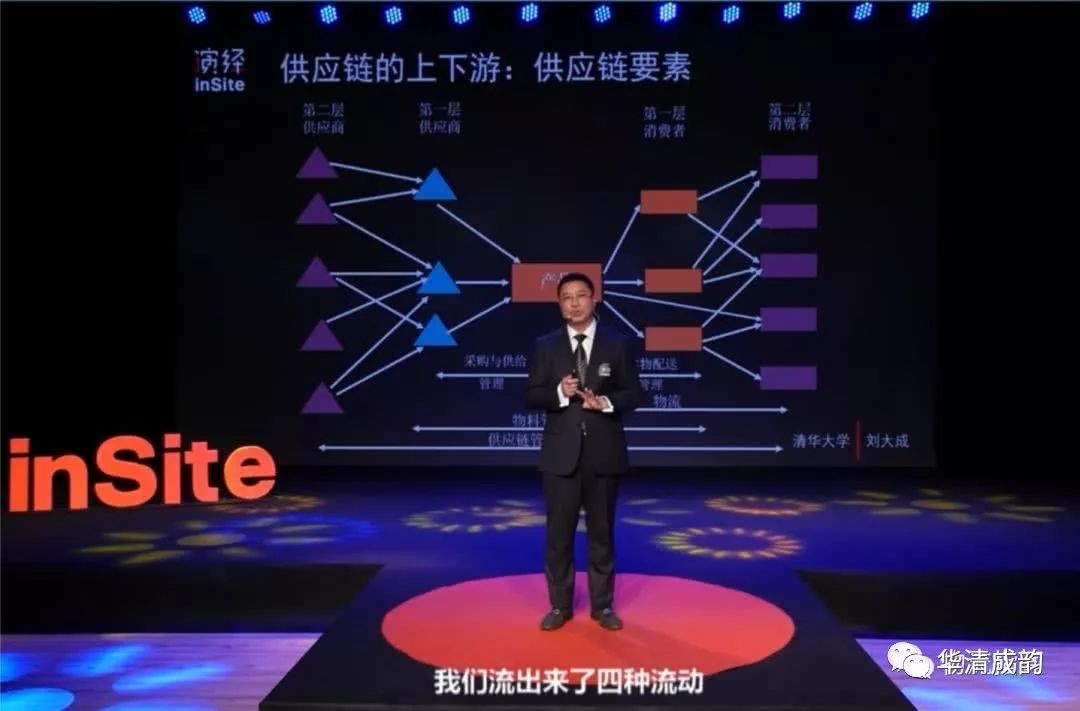
Thus, the supply chain produces four flows: logistics, capital flow, information flow and talent flow. As an enterprise, logistics was only a link in enterprise manufacturing, production, trade and circulation, but now all products and services must flow in this industrial chain. Therefore, the enterprise's strategy must meet its supply chain.
According to the different attributes of enterprise products, the conditions they meet in the supply chain are also different. The competition of functional products emphasizes cost, price and efficiency. However, innovative products emphasize rapid response.
For example, for the iPhone, the chip is expensive and light, but the chip is a functional product in the supply chain of mobile phone assembly. Therefore, when the chips produced in Korea are transported to Lianyungang and then to Zhengzhou iPhone factory, water and road transportation are adopted, which is low-cost and predictable. However, after the iPhone is assembled, the packaging, charger, instructions, etc. become very heavy things, but instead choose air transportation, because it has become an innovative product, and the mobile phone is depreciating every day. Although the air transportation cost is very high, it belongs to a responsive supply chain, and the response speed is the only demand for innovative products.
Therefore, in Professor Liu's view, if the enterprise's product strategy meets the market supply chain demand, it can reduce the cost greatly.
3、 In the future, "big cloud mobile intelligence" will reconstruct the supply chain
Previously, we talked about the changes of the supply chain to us. What have we changed about the supply chain? It is "big cloud moving things intelligence", big data, cloud computing, mobile Internet, Internet of things, intelligence and artificial intelligence. In this process, we can think from the perspective of the Internet. First, what problems have the Internet solved.
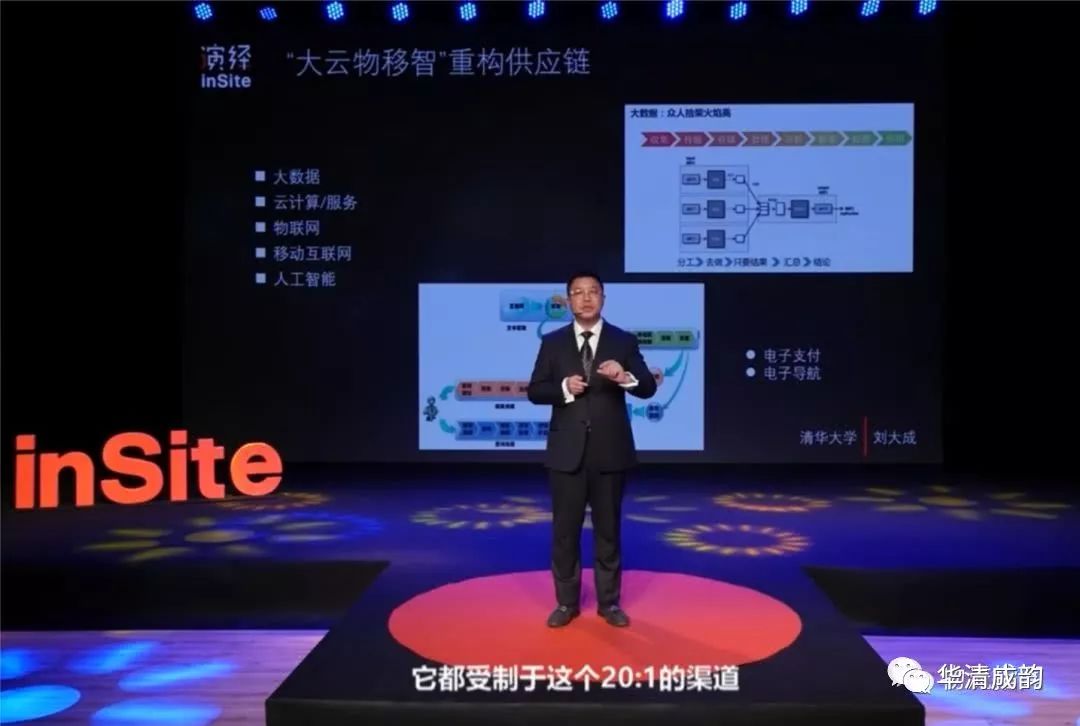
First of all, the Internet solves the personalized demand. A single demand and supply can be connected with low cost, high efficiency, precision and scale. For example, if there are 20 ideas in the traditional commodity channel, only one will be used as the design, 20 designs, only one as the product, 20 products, only one will enter the market, 20 will enter the market, and only one will sell well. No matter how personalized the design and needs of customers are, it is subject to this 20:1 channel because of cost constraints. Now, users can find their needs instantly on Taobao, and the cost is still very low.
Secondly, the Internet has broadened income channels. In the traditional supply chain, there is only one final consumer, which is the income of cash flow. The Internet emphasizes that "wool comes from pigs". From suppliers to producers to distributors, it may be a source of income, which also verifies that Tencent provides wechat services free of charge, but it is the most profitable enterprise.
Finally, the Internet brings the integration of time, space and logic. In the mobile Internet, with the support of manual electronic payment and electronic navigation map, the income of couriers and takeout brothers has been greatly improved. This is also the change brought to us by the mobile Internet.
In addition, the development of supply chain in China is no less than that in western developed countries. The concept of logistics is 60 years later than that in the United States, but we are only four years behind the concept of supply chain. In 1996, American Reiter put forward the concept of supply chain; But in 2000, Professor Ma Shihua of Huazhong University of science and technology wrote a book on supply chain management; In 2001, at Tsinghua University, he first opened the course of supply chain management in Colleges and universities. In 2012, the United States upgraded the supply chain into a national strategy; In 2017, the Chinese government upgraded the supply chain into a national strategy.
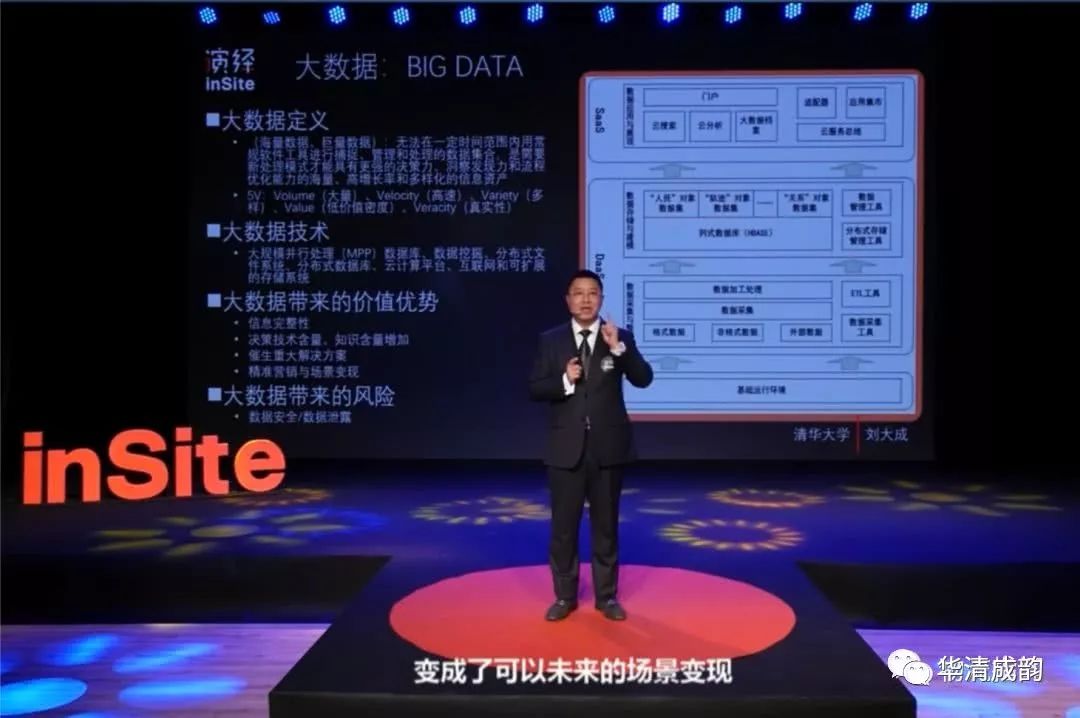
At the end of his speech, Professor Liu also talked about the development of "big cloud intelligence". Professor Liu believes that big data has turned all our originally unimportant data into a realizable scenario, so our decision-making will be more scientific. Corresponding to big data is cloud services, which will promote the accurate determination of customer needs.
In terms of the Internet of things, logistics companies can easily achieve more independent allocation of vehicles and more scientific resource allocation through the Internet of things. The Internet of things makes everything interconnected, endows each endowment condition with value, and is low-cost, efficient, accurate and standardized.
Now, we are facing an era of rising productivity and oversupply of products. The main thing is how to solve the new consumption mode. The so-called new consumption mode is to accurately determine each personalized demand and put forward the best solution with the tools of "big cloud mobile intelligence".
Video source / interpretation insite text sorting / logistics reference Maomao
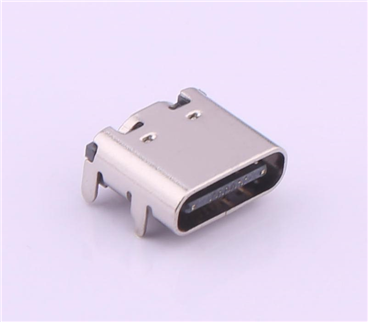



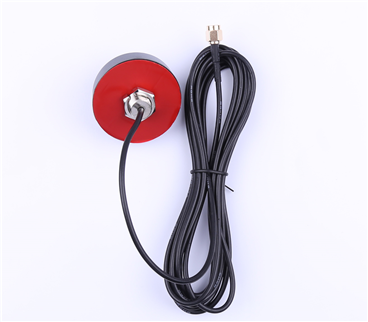
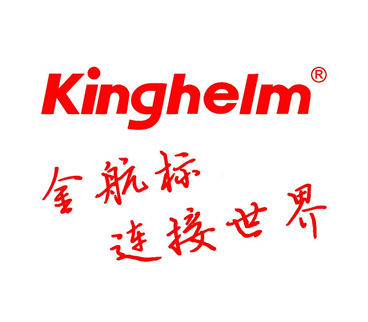





Copyright © Shenzhen Kinghelm Electronics Co., Ltd. all rights reservedYue ICP Bei No. 17113853
